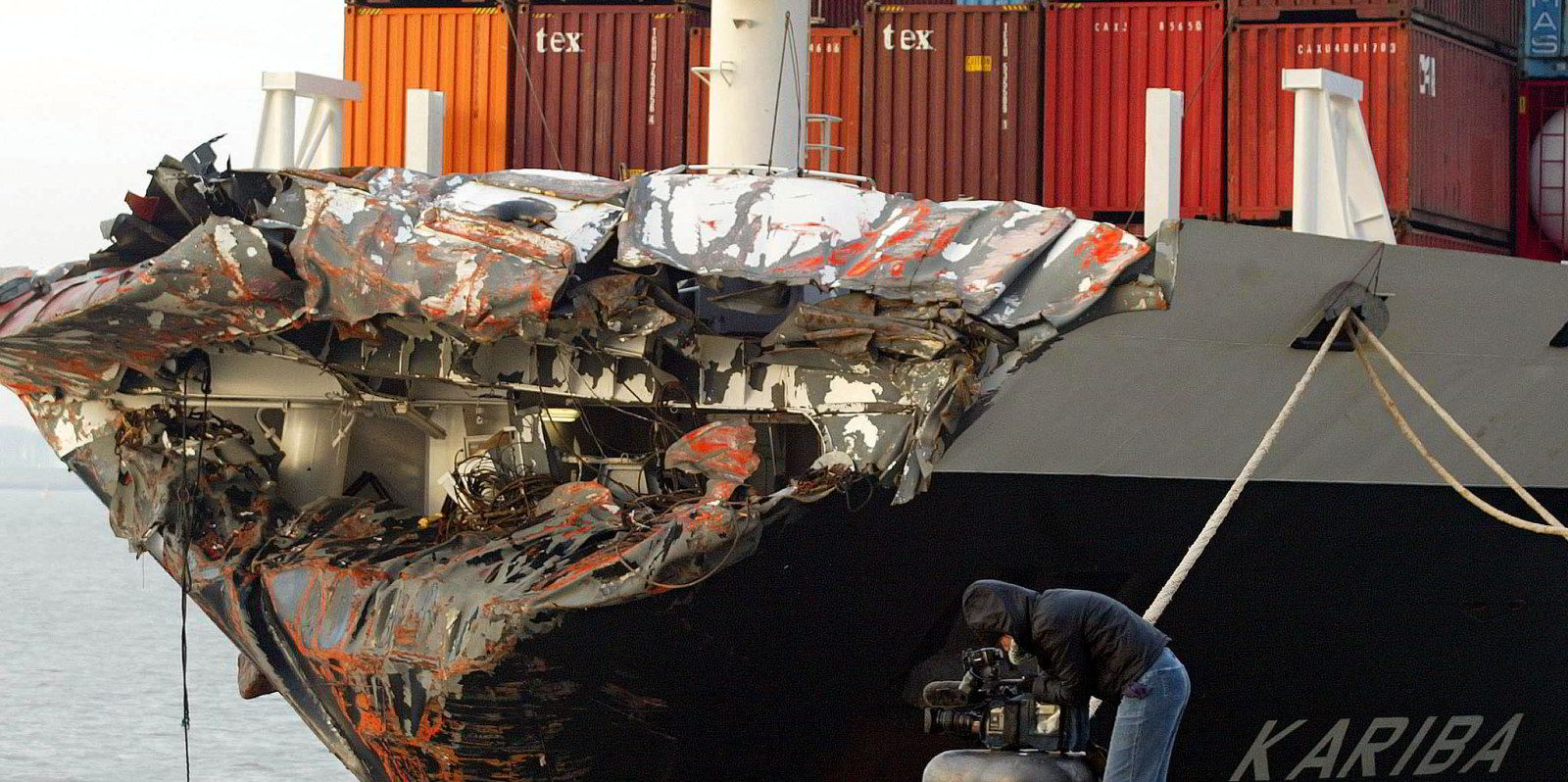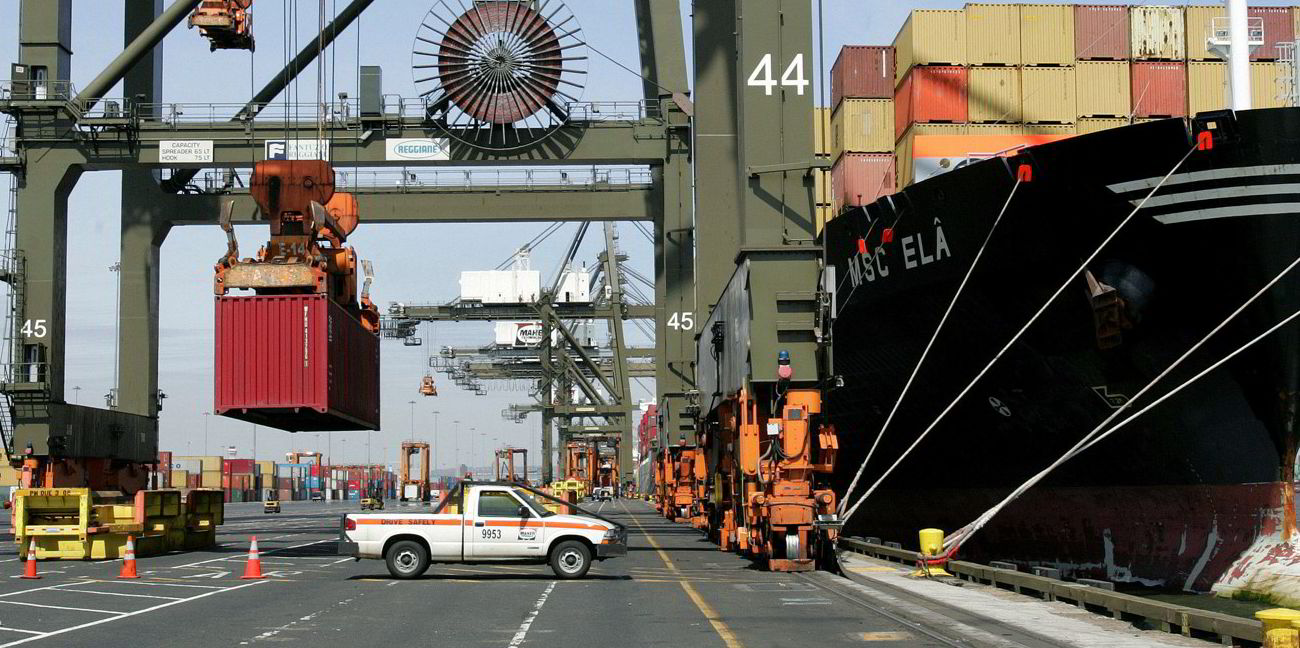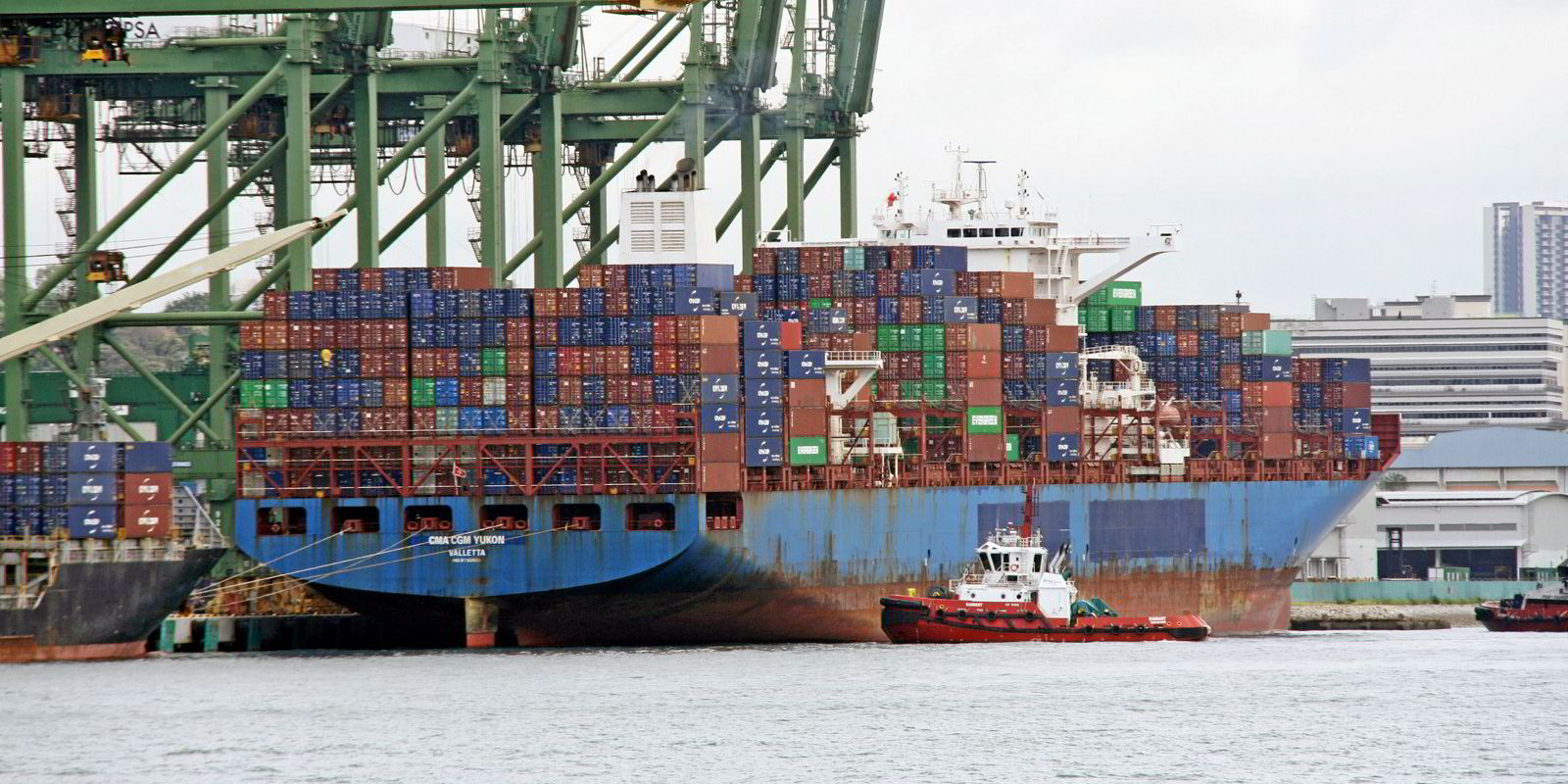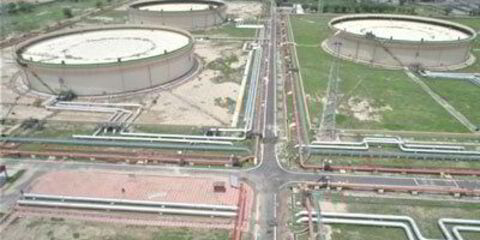If shipping can have a “car crash” then the container sector looks well on the way to that financial pile-up with some comfortable profits in 2023 turning into major losses next year — and more likely trouble after that.
The car crash reference was made this week by Simon Heaney, senior manager of container research at London-based shipbroker Drewry, scared stiff by sluggish demand and yet more fleet growth in the months ahead.
Analysts at liner research consultancy Sea-Intelligence are predicting the liner operators are heading for $15bn-worth of losses and predict choppy waters out to 2030 if economic conditions are poor.
Shipowners have largely sown the seeds of their demise, by getting carried away with ordering new tonnage and turning a boxship boom into a burst.
You can’t feel too sorry for them. In retrospect, there was surely some profiteering going on out of the post-Covid lockdown freight rate boom, which fed inflation and caused high-interest rates. Both hurt shipping customers and wider consumers at a time of soaring energy costs.
It was no wonder that competition authorities at the Federal Maritime Commission in Washington have been scouring the trading arrangements after a blizzard of shipper complaints.
Companies such as AP Moller-Maersk, which serves the likes of Nike, Walmart and Unilever, recorded Ebit profits of $31bn last year and MSC Mediterranean Shipping Company — according to much-quoted Italian media reports — more than $38bn.
The top 15 companies — excluding MSC, which is private and therefore does not publicly report or confirm its earnings — made $110bn.
Publicly quoted Maersk put its financial performance down to “abnormal market conditions” caused by extra-strong demand after the pandemic lull and congested port conditions.

All the gossip then centred on whether the Aponte family, which controls MSC, was now worth $16bn (as Bloomberg claimed) or $100bn as Swiss newspapers stated.
But even this time last year, the warning bells were sounding. The Freightos Baltic Index, which had recorded freight rates of $18,000 per day per 40-foot equivalent unit this time two years ago, had slumped to $2,750 on the eastbound transpacific route by October 2022.
Slump in profits
HSBC predicted 12 months ago that there could be an 80% slump in profits during 2023 and Maersk said in February 2023 its earnings this year might be as low as $2bn.
Quarterly results from the wider container sector have shown this drop off so far this year, with Japanese-owned but Singapore-based liner operator Ocean Network Express this week reporting a 97% fall in second-quarter net profits to $187m.
Chief executive Jeremy Nixon says the business is likely to record a final year profit after tax of around $850m — meaning a near $14bn drop on the 12 months earlier. Some companies have already reported losses in 2023.
Heaney predicts fleet growth of 6.4% as more container vessels come rattling down the slipway at a time of falling demand. This will be the third year of newbuildings greatly exceeding demand expectations.
He thinks that the supply-demand balance in 2024 will be at its worst level since 2009 when a huge demand boom came to a shuddering end, with the US subprime mortgage crisis followed by a global banking crash.
Weathering the storm
Ratings agency Moody’s has also weighed into the debate in recent days about the future of containers, predicting a grim outlook as the “stellar post-pandemic performance fully unwinds”.
In the agency’s first global outlook review for the transport and logistics sector, the container industry is highlighted as a negative with business conditions “continuing to worsen” due to overcapacity.
Moody’s claims the amount of new tonnage coming into the market over the 18 months is the equivalent of the total number of deliveries taken in the past five years.
It seems certain that there will be a need for more ship scrapping, slower steaming and cancelled sailings. There could also be some consolidation via merger and acquisition.
The future looks difficult but those rather “stellar” earnings figures for 2022 mean that many companies have paid down debt, are cash-rich, and able to weather a storm for some time.
Still, it is hard to disagree with Drewry’s car crash analogy: the container sector was so busy accelerating that it forgot how to use the brakes.(Copyright)





